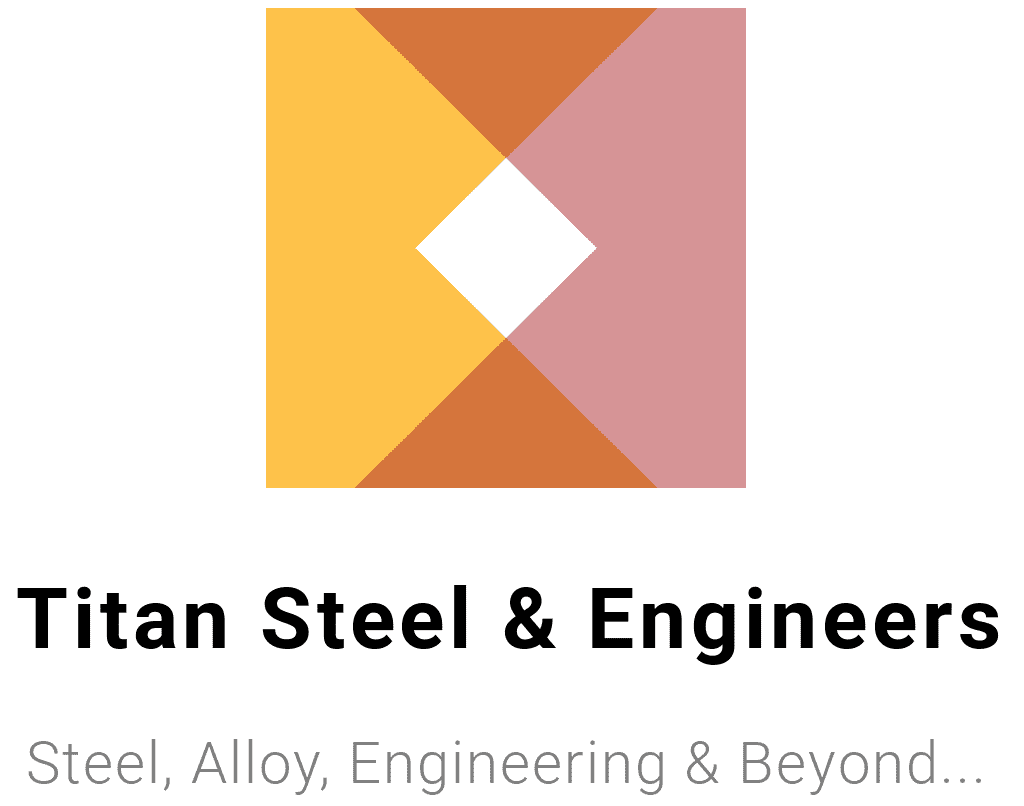Understanding 0.4 Carbon Steel Properties and Applications
When it comes to versatile and widely used materials in manufacturing and engineering, carbon steel always takes a prominent position. Among the various grades, 0.4 carbon steel stands out due to its robust mechanical properties and a balanced combination of strength, hardness, and ductility. This blog provides an in-depth look at 0.4 carbon steel, including its composition, properties, applications, and much more. Whether you’re an engineer, material scientist, or manufacturer, this guide will help you understand the defining characteristics of this popular material.
What is 0.4 Carbon Steel?
0.4 carbon steel refers to steel containing approximately 0.4% carbon by weight, situating it in the medium-carbon steel range. This grade offers a fine balance of hardness and strength while maintaining moderate ductility. Typically used in the automotive, construction, and machinery industries, 0.4 carbon steel is prized for its ability to undergo heat treatment, which enhances its mechanical properties further.
Medium-carbon steels like 0.4 carbon steel are ideal for applications requiring a trade-off between wear resistance and toughness, making them a popular choice in load-bearing and high-stress environments.
Chemical Composition of 0.4 Carbon Steel
The chemical composition of 0.4 carbon steel plays a crucial role in determining its mechanical and physical properties. While the exact composition may vary slightly depending on the specific alloy, a typical formulation includes:
- Carbon (C): ~0.4% – The key element that increases strength and hardness.
- Manganese (Mn): 0.6–1.0% – Improves toughness and hardenability.
- Silicon (Si): ~0.15–0.35% – Enhances strength and wear resistance.
- Iron (Fe): Remainder – The base material providing the steel’s fundamental structure.
- Trace elements (Sulfur & Phosphorus): <0.05% each – Present in limited quantities to maintain ductility.
This composition makes 0.4 carbon steel an ideal candidate for numerous manufacturing processes, especially in environments demanding higher mechanical resistance.
Mechanical Properties of 0.4 Carbon Steel
The mechanical properties of 0.4 carbon steel make it a preferred choice for applications requiring strength and wear resistance. Its key mechanical characteristics include:
Tensile Strength
- Range: 600–800 MPa
Tensile strength indicates the steel’s maximum resistance to breaking under tension. The moderate carbon content contributes to impressive values, ensuring reliability in high-stress applications.
Yield Strength
- Range: 300–500 MPa
Yield strength represents the stress at which the material permanently deforms. For 0.4 carbon steel, this value makes it suitable for machining parts and mechanical structures.
Hardness
- Range: 170–210 HB (Brinell Hardness)
The steel’s hardness directly affects its wear resistance, ensuring that components like gears and tools maintain their shape and performance over time.
Elongation
- Range: 12–17%
This value highlights the steel’s ductility, which is sufficient for shaping processes like forging and machining while still achieving the required toughness.
Physical Properties of 0.4 Carbon Steel
Understanding the physical properties of 0.4 carbon steel is equally important for its effective application:
- Density: ~7.85 g/cm³
This makes it relatively dense and strong, essential for load-bearing components.
- Thermal Conductivity: ~51 W/m·K
This property ensures adequate heat dissipation in applications involving high temperatures or friction.
- Melting Point: ~1425–1540 °C
With a high melting point, 0.4 carbon steel is ideal for processes involving significant heat exposure.
Applications of 0.4 Carbon Steel
Thanks to its balanced properties, 0.4 carbon steel finds use in a variety of industries. Some of its common applications include:
- Automotive Components: Axles, crankshafts, and connecting rods that require toughness and wear resistance.
- Construction: Reinforcement bars, structural plates, and machinery frameworks.
- Tools and Hardware: Gears, bolts, and fasteners subjected to repetitive mechanical stress.
- Machinery Parts: High-stress components like shafts, dies, and punches.
Advantages and Disadvantages of 0.4 Carbon Steel
Advantages
- Strength and Durability: Offers enhanced tensile strength and hardness compared to low-carbon steel.
- Heat Treatment Compatible: Highly responsive to quenching and tempering, creating a more tailored mechanical profile.
- Wear Resistance: Ideal for applications where surface wear is a concern.
- Cost-Effective: Provides excellent performance at a relatively affordable cost.
Disadvantages
- Reduced Ductility: Higher carbon content reduces flexibility compared to low-carbon steels.
- Corrosion Susceptibility: Without additional coatings or alloys, it is prone to rust in humid or saline environments.
- Machinability Challenges: Harder steel requires specialist tools and more energy for processing.
Heat Treatment of 0.4 Carbon Steel
Heat treatment is often used to enhance the properties of 0.4 carbon steel further. Common heat treatment processes include:
- Annealing: Softens the material for easier machining while improving ductility.
- Quenching: Rapid cooling increases hardness and strength but reduces ductility.
- Tempering: Reduces the brittleness induced by quenching, improving toughness and usability.
By tailoring the heat treatment process, manufacturers can achieve specific performance characteristics suitable for their desired applications.
Welding Considerations
Welding 0.4 carbon steel requires careful attention due to its higher carbon content, which increases the risk of cracking. Key considerations include:
- Preheating: Essential to prevent thermal shock and minimize the risk of cracking during welding.
- Controlled Cooling: Slow cooling is critical after welding to reduce residual stresses.
- Welding Techniques: Use of filler materials with low hydrogen content helps reduce the chances of hydrogen-induced cracking.
Comparison with Other Steels
To better understand 0.4 carbon steel, here’s how it compares to other common steel types:
- Low-Carbon Steel (e.g., 0.15% Carbon): Offers higher ductility but significantly lower tensile strength and wear resistance.
- High-Carbon Steel (e.g., 0.8% Carbon): Provides superior hardness and strength but is more brittle and harder to machine.
- Alloy Steels: Typically outperform 0.4 carbon steel in specific applications due to the inclusion of additional alloying elements like chromium or vanadium.
Future Trends and Sustainability
With increasing demand for more efficient and sustainable materials, 0.4 carbon steel is seeing advancements in production techniques, such as recycling processes and the use of nanotechnology, to enhance performance while reducing environmental footprints.
Given its versatility and balanced properties, this material is likely to remain a staple in the engineering and manufacturing sectors.

